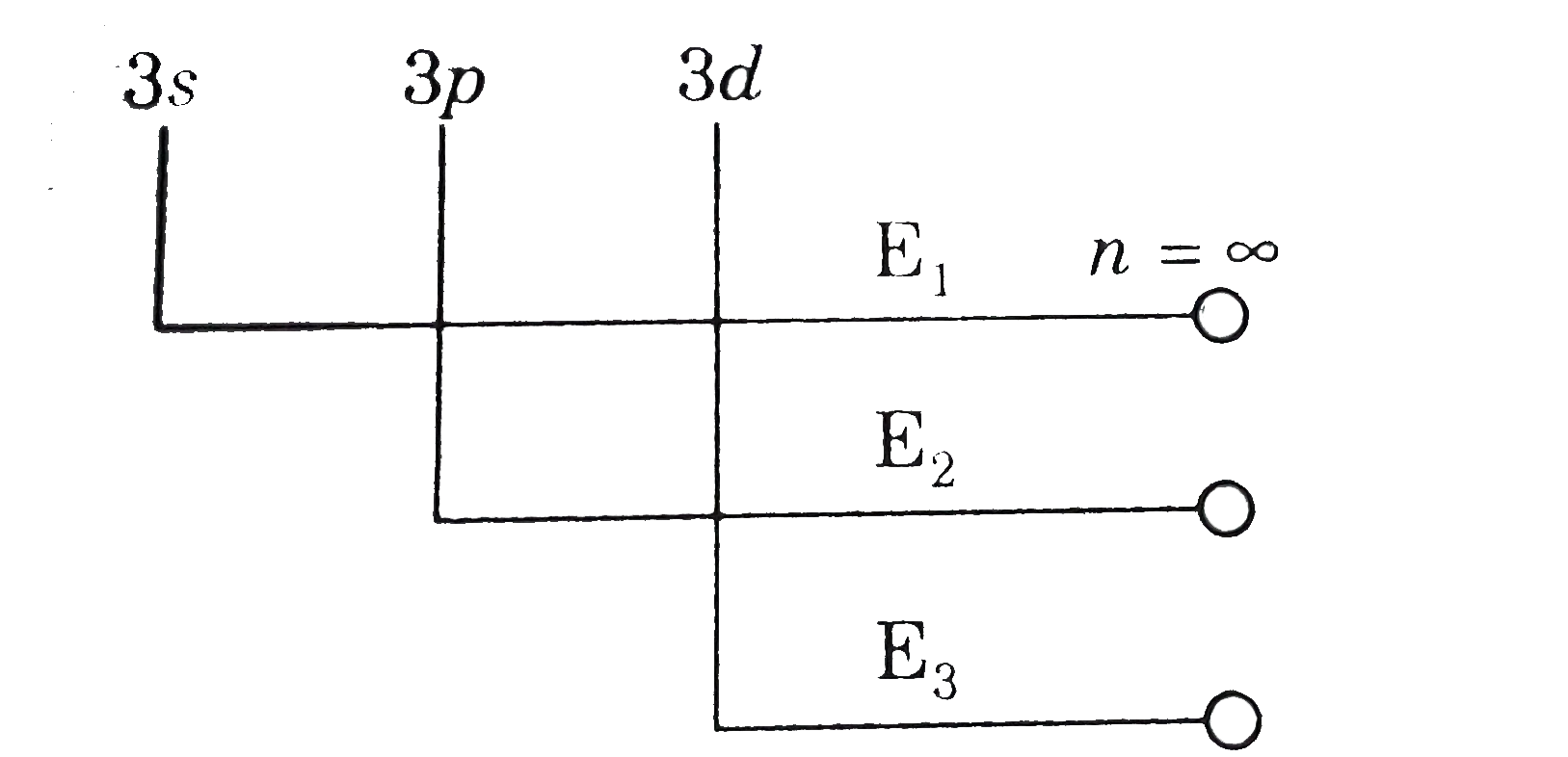Highest amount of energy will be required for the removal of electron from
s-subshell
p-subshell
d-subshell
f-subshell
The correct Answer is:A
Step by step video, text & image solution for Highest amount of energy will be required for the removal of electron from by Chemistry experts to help you in doubts & scoring excellent marks in Class 12 exams.
Updated on:21/07/2023Topper's Solved these Questions
- CLASSIFICATION OF ELEMENTS AND PERIODICITY IN PROPERTIESBOOK - AAKASH INSTITUTECHAPTER - CLASSIFICATION OF ELEMENTS AND PERIODICITY IN PROPERTIESEXERCISE - Assignment (Section -B)
34 Videos
- CLASSIFICATION OF ELEMENTS AND PERIODICITY IN PROPERTIESBOOK - AAKASH INSTITUTECHAPTER - CLASSIFICATION OF ELEMENTS AND PERIODICITY IN PROPERTIESEXERCISE - Assignment (Section -C)
12 Videos
- CLASSIFICATION OF ELEMENTS AND PERIODICITY IN PROPERTIESBOOK - AAKASH INSTITUTECHAPTER - CLASSIFICATION OF ELEMENTS AND PERIODICITY IN PROPERTIESEXERCISE - Try Yourself
28 Videos
- CHEMISTRY IN EVERYDAY LIFE BOOK - AAKASH INSTITUTECHAPTER - CHEMISTRY IN EVERYDAY LIFE EXERCISE - Assignment ( SECTION - A)
45 Videos
- COORDINATION COMPOUNDS BOOK - AAKASH INSTITUTECHAPTER - COORDINATION COMPOUNDS EXERCISE - Assignment (Section-J Aakash Challenger Questions )
10 Videos
Similar Questions
Knowledge Check
The amount of energy required to remove, an electron from the last orbit of an isolated (free) atom in gaseous state is known as ionisation energy or first ionisation of the element. Similarly the energy required for the removal of the electron from the unipositive ion (M+ produced above) is referred to as second ionization energy and thus the third, fourth etc. The ionisation energy depends on various factors like nuclear charge, size of atom, type configurations, screening effect and penetration power of the electrons.
Which of the following order is not correct?AIE(l) of Be>IE(l) of B but IE(II) of Be<IE(II) of BBIE(l) of Be<IE(l) of B but IE(II) of Be<IE(II) of BCIE(II) of O>IE(II) of NDIE(l) of Mg>IE(l) of AIThe amount of energy required to remove, an electron from the last orbit of an isolated (free) atom in gaseous state is known as ionisation energy or first ionisation of the element. Similarly the energy required for the removal of the electron from the unipositive ion (M+ produced above) is referred to as second ionization energy and thus the third, fourth etc. The ionisation energy depends on various factors like nuclear charge, size of atom, type configurations, screening effect and penetration power of the electrons.
Which of the following statements is correct?AIonisation energies of elements decrease along the period.BIonisation energies of the II A group element are less than that of the corresponding IIIA group elementsCIonisation energies of group 15 elements are less than that of the corresponding group 16 elements.DIonisation energy of Ga is greater than AI.The amount of energy required to remove an electron from the last orbit of an isolated (free) atom in gaseous state is known as ionization potential or first ionization potential of the element. Similarly, the energy required for the removal of the electron from the unipositive ion (produced above) is referred to as second ionization potential and thus the third, fourth etc. lonization potentials may be defined in general as the number of ionization potentials of an element may be as much as its number of electrons.
Ionization energy increases on moving down a group due toAincrease in the number of electronsBdecrease in size of elementsCscreening effectDnone of the above
The amount of energy required to remove an electron from the last orbit of an isolated (free) atom in gaseous state is known as ionization potential or first ionization potential of the element. Similarly, the energy required for the removal of the electron from the unipositive ion (produced above) is referred to as second ionization potential and thus the third, fourth etc. lonization potentials may be defined in general as the number of ionization potentials of an element may be as much as its number of electrons.
Ionization energy of nitrogen is more than that of oxygen which can be explained by
View SolutionThe amount of energy required to remove an electron from the last orbit of an isolated (free) atom in gaseous state is known as ionization potential or first ionization potential of the element. Similarly, the energy required for the removal of the electron from the unipositive ion (produced above) is referred to as second ionization potential and thus the third, fourth etc. lonization potentials may be defined in general as the number of ionization potentials of an element may be as much as its number of electrons.
The realationship between IE3andIE1 of element is
View SolutionThe amount of energy required to remove an electron from the last orbit of an isolated (free) atom in gaseous state is known as ionization potential or first ionization potential of the element. Similarly, the energy required for the removal of the electron from the unipositive ion (produced above) is referred to as second ionization potential and thus the third, fourth etc. lonization potentials may be defined in general as the number of ionization potentials of an element may be as much as its number of electrons.
Which of the following statemetn is correct ?
View SolutionThe amount of energy required to remove, an electron from the last orbit of an isolated (free) atom in gaseous state is known as ionisation energy or first ionisation of the element. Similarly the energy required for the removal of the electron from the unipositive ion (M+ produced above) is referred to as second ionization energy and thus the third, fourth etc. The ionisation energy depends on various factors like nuclear charge, size of atom, type configurations, screening effect and penetration power of the electrons.
The domination factor responsible for the decreasing ionisation energies of the elements of moving down the group is:
View SolutionFor H-atoms , the energy required for the removal of electron from various sub-shells is given as under :

The order of the energies would be :
View Solution